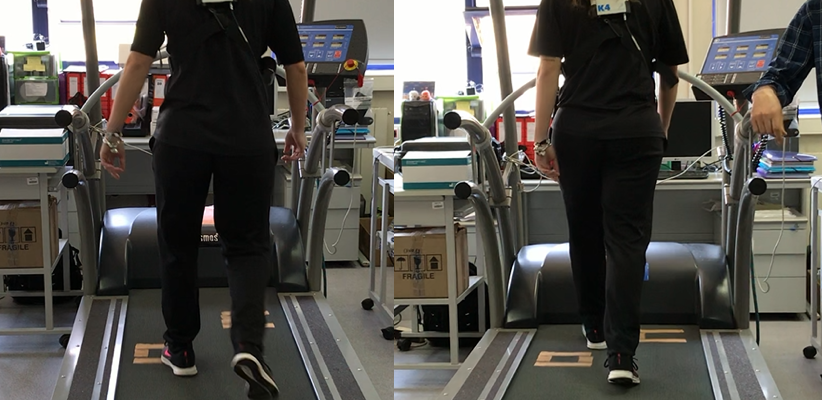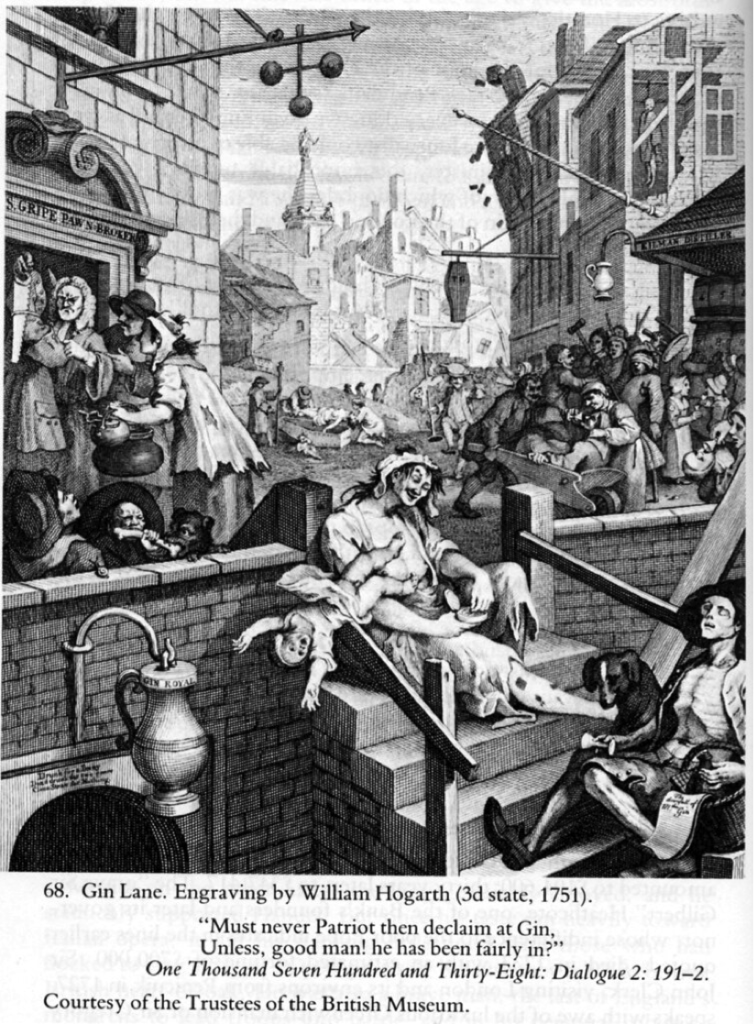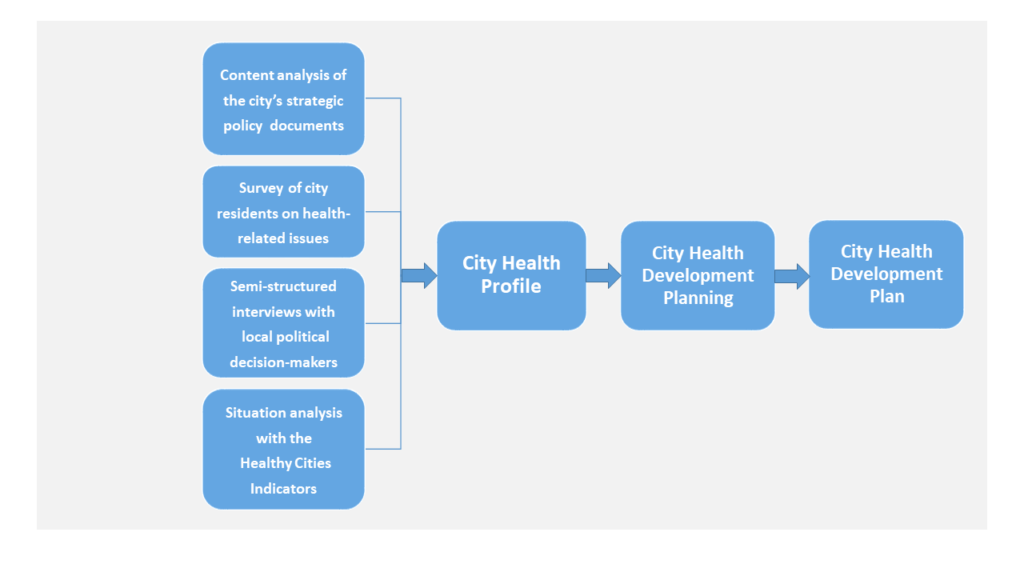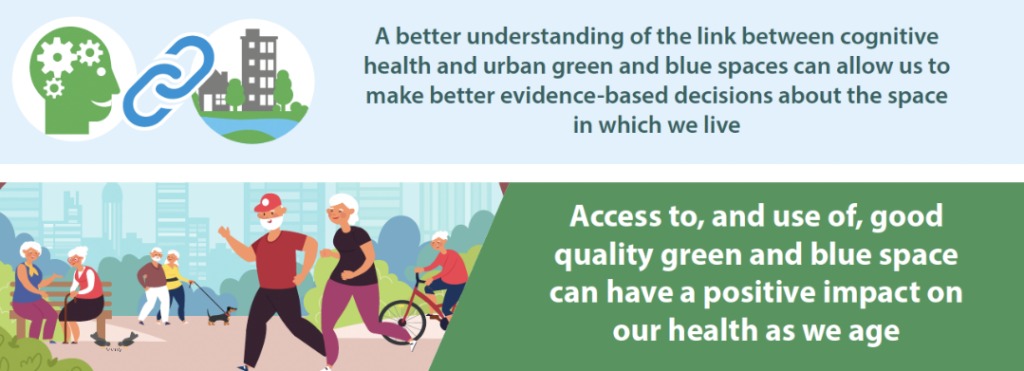City Know-hows

Target audience
City authorities, urban designers, landscape architects
The problem
The range and variety of movement has been and is being eliminated from urban environments. These are often designed for lowest level of agility and ability, even where there is enough space to provide other more challenging options. A lack of opportunities and nudging of people to exercise as a separate activity from everyday walking is leading to inactivity pandemic resulting in cardio-respiratory problems.
What we did and why
To bridge the gap between physiological theory and the application in urban design, we designed a combination experiment. This included 26 participants walking on a plain treadmill in a laboratory, and then stepping stone imitations at the same speed. Physiological data was collected and compared using a heart rate monitor and a breath-by-breath metabolic system. This was supplemented by a questionnaire about body reactions and likelihood to perform a similar exercise in a life situation.
Our study’s contribution
This study adds a new criteria to consider designing urban landscapes. It supportes opportunities and encouragement for ‘moderate exercise’ (increasing breathing and heart rate) to help make the population healthier.
Impacts for city policy and practice
New criteria can be applied through adding steppingstones to public realm, creating adventurous landscapes in parks and boulevards, without affecting accessibility. We must reconsider the balance between risk of falling now; and health deterioration over years.
Further information
Anna Boldina – Active urbanism research and design: Landscape design research encouraging physical activity
Full research article:
Active urbanism: heart rate and oxygen consumption comparison when walking on imitation steppingstones versus a plain surface by Anna Boldina, Henry C. Chung, Amândio Manuel Cupido Santos & Koen Steemers
Related posts

Including health in local alcohol license decisions is not just about a dedicated Health Associated Licensing Objective (HALO): A Public Health Perspective – beyond the HALO effect!

Let’s make our cities health-supporting settings! Hungarian members of the WHO European Healthy Cities Network have developed a city health planning methodology based on two decades of fieldwork. It offers a solution for health experts and decision-makers to bridge the gap between local health needs and challenges in implementing community health initiatives.

It is known that environmental exposures can have negative effects on brain health. We reviewed all the literature examining the effects of environmental exposures on cognitive health. There is a paucity of research on the effects of urban planning, particularly regarding things like active travel and green space accessibility.